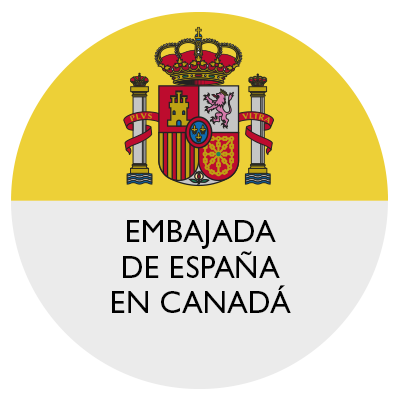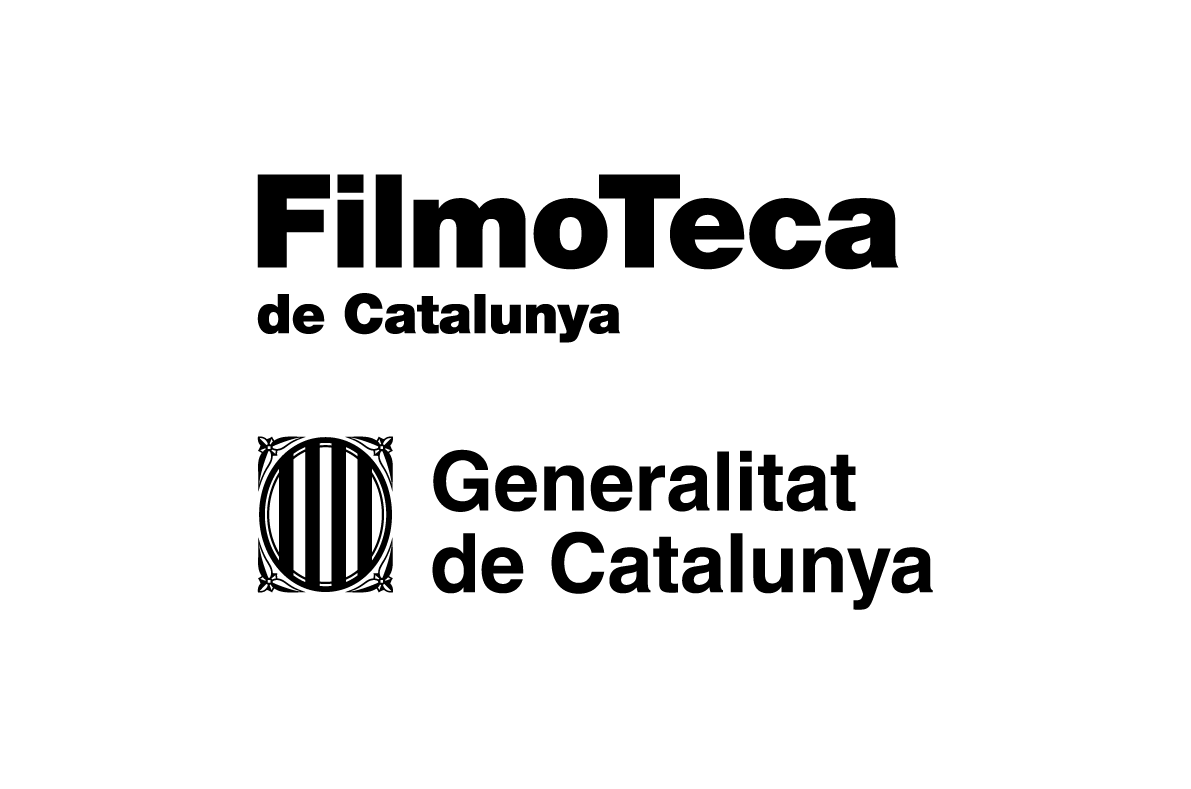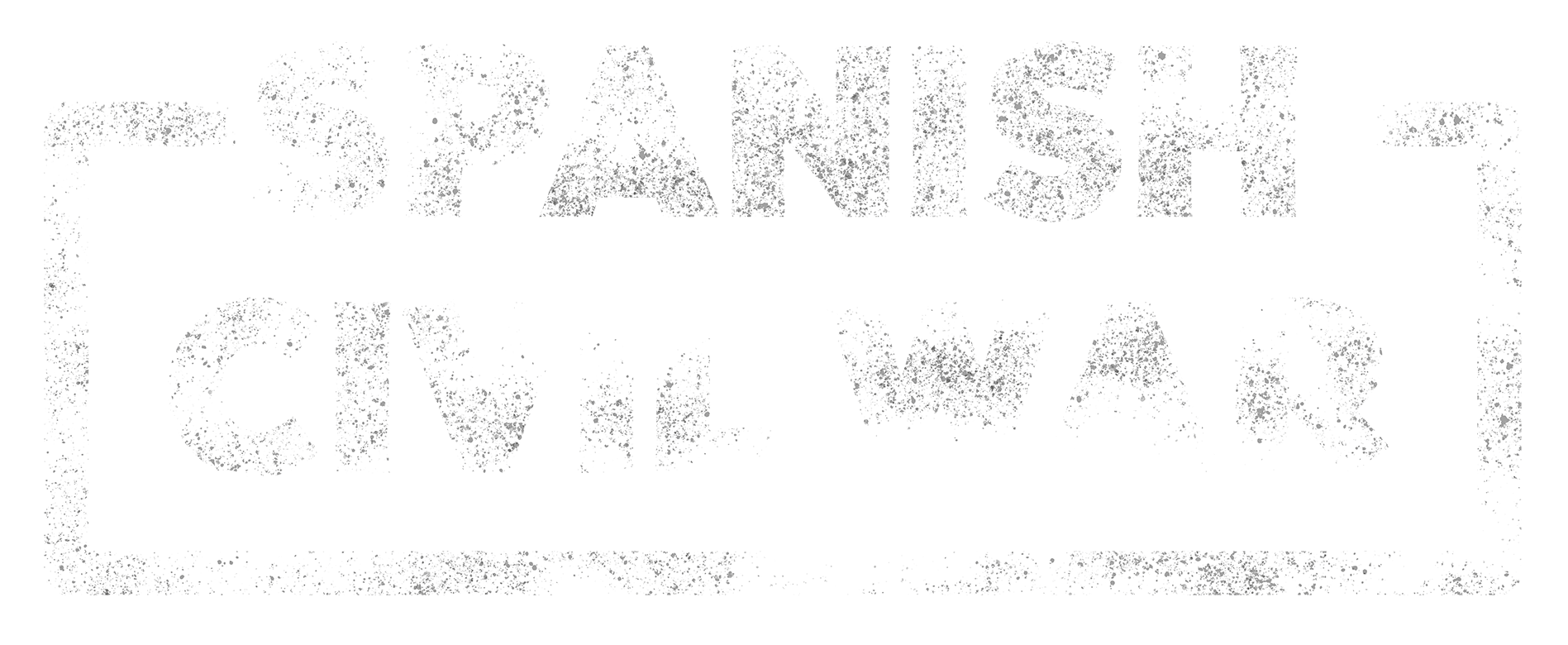Franco’s Medallion, Salamanca
Creator: Villar, Damián (1917-2003)
Contributor: Salamanca. Ayuntamiento. Excmo. Ayuntamiento de Salamanca
Source:
Purvis, Lee
Date Created: 1937
Extent: 1 item
40.96516, -5.66402
This is the northeast corner of Salamanca’s Plaza Mayor, where a sandstone sculpture of Franco’s profile once occupied a ‘medallón’ [medallion], beside images of the kings of Spain, known as the Royal Pavilion. Salamanca’s Plaza Mayor forms part of a UNESCO World Heritage Site and is a key reference point for the city, Spain and beyond. This corner of the plaza leads to the Calle Toro, the city’s commercial district. In 1937, during Franco’s year in Salamanca, the City Council renamed this street Calle del Generalísimo Franco. The same year, Franco’s medallion was added to Plaza Mayor, where it remained for eighty years.
As shown in the photograph, a sandstone ashlar remains empty after Franco’s medallion was removed in 2017. In his book Relatos y sucedidos para pasear Salamanca, the city’s former Socialist Party mayor, Jesús Málaga Guerrero, tells readers that every November since the 1980s, Franco’s medallion was defaced with red paint to commemorate his victims, who the dictatorship had pejoratively called ‘rojos [reds]’. Local and national newspapers report that Franco’s medallion was once painted the colours of the Republican flag, and pink during LGBTQ+ events in the city.
After the promulgation of what is commonly called the Historical Memory Law (Ley 52/2007), there were a series of lawsuits over the removal of Franco’s medallion as well as motions rejected at local government level. In March 2017, the City Council, acknowledging the ruling of the Cultural Heritage Commission of the Regional Government of Castile and León, agreed to remove it.
In June 2017, Franco’s medallion was removed from Plaza Mayor and temporarily transferred to a local art museum called Domus Artium 2002, or DA2, for safekeeping. Since then, the half-ton sandstone sculpture has remained in DA2’s storeroom, and its final destination remains unclear. The smoothed-out ashlar left in its wake is a scar on the material fabric of the city: a memory of Franco’s time in Salamanca and his legacy. The story of Plaza Mayor’s northeast corner is also a reminder of contemporary movements all over Spain that seek the removal of other Francoist symbols and objects from public spaces.
LP







